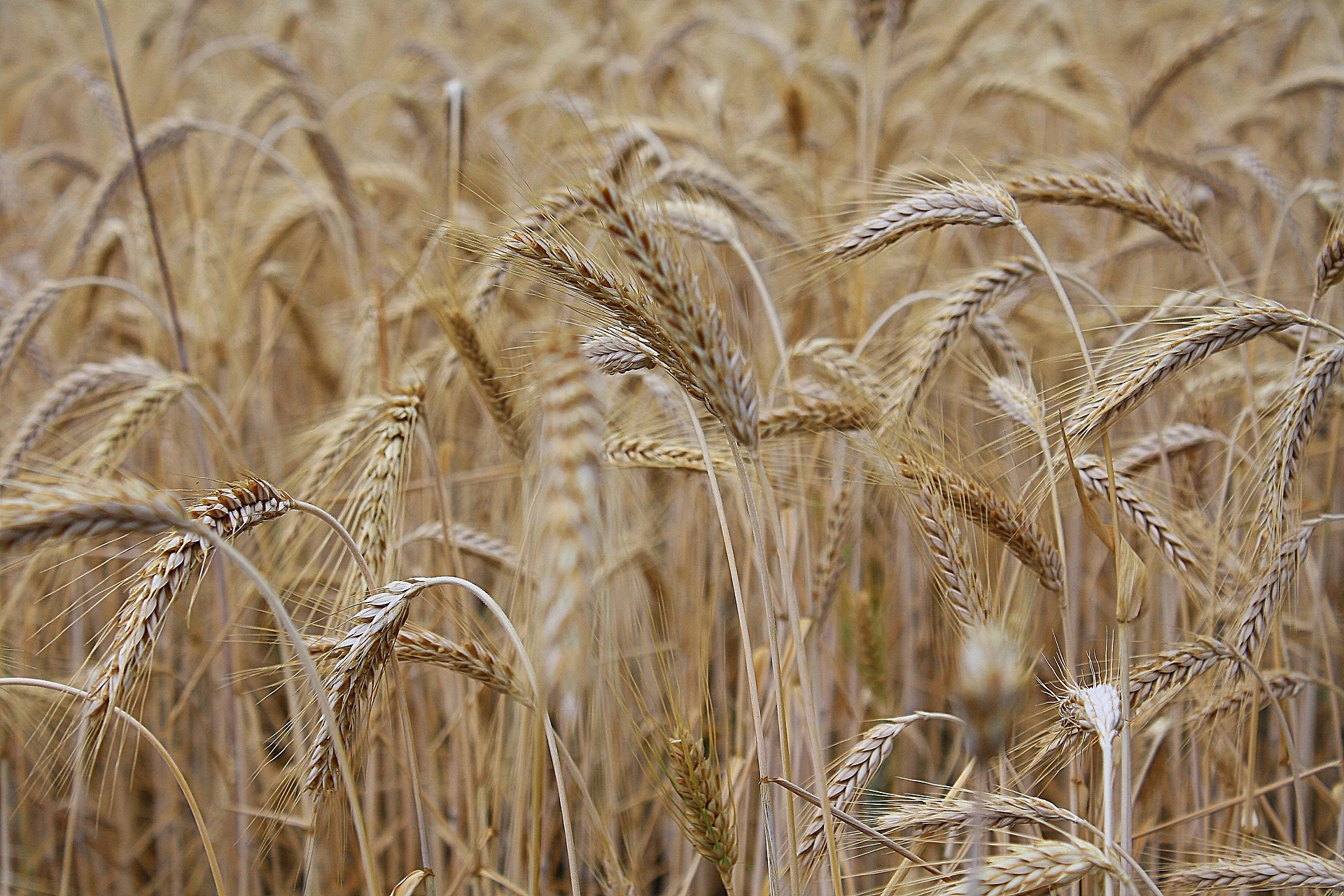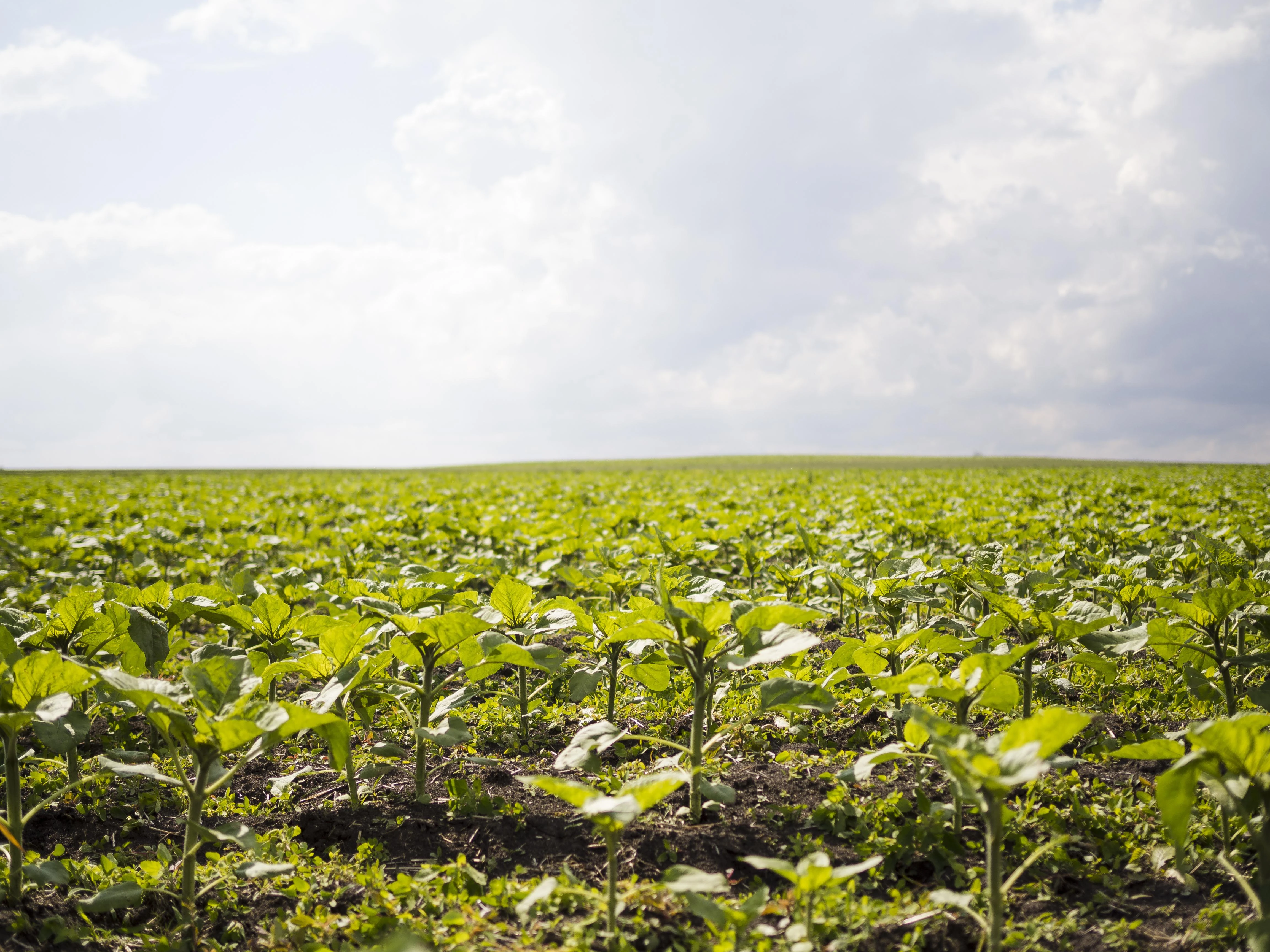
“Even with the serious decline in Australia's production due to El Niño and the 'not so good' crop recovery in Argentina, these countries are still among the main exporters and, together, will be responsible for around 15% of global exports of according to current USDA estimates. Consequently, the impacts on their harvests continue to be relevant to the global balance of supply and demand for wheat”, says grains and macroeconomics analyst at hEDGEpoint Global Markets, Alef Dias.
Argentina
According to the analyst, in Argentina, it can be said that the harvest situation has improved slightly in recent weeks, but this does not mean that there is no room for cuts in the current USDA estimate.
The recent rains recorded in the center and east of the agricultural area have produced an improvement in water conditions. Suitable/optimal conditions increased by 5.3 p.p., leaving behind the same levels as 22/23.
“However, the overall harvest situation remains challenging. Good and excellent harvest conditions remain at the same level as last year (18%) and most harvest areas in the western half of the Pampas still suffer from a general lack of moisture, which deserves attention. Plantations in these regions are in need of more water supply, which must be provided immediately to avoid a significant reduction in productivity as they are entering the main growing season in early September,” he says.
According to graph (4), this does not appear to be the case for the next 15 days, as most of the country is expected to record below-average levels of precipitation.
Given this scenario, the current yield estimated by the USDA seems overly optimistic and will likely be adjusted in the coming months. The current estimate from the Buenos Aires Stock Exchange released this week is 16.5M mt, but if this drought scenario for September is confirmed, even this number could be at risk, according to the analyst.
Australia
According to the recent report "Wheat: Markets May Be Forgetting About Australia's Problems" by hEDGEpoint Global Markets, when it comes to the biggest wheat exporters, Australia is probably the most affected by El Niño, and crop conditions at that time they weren't good at all - and the situation hasn't changed much since then.
“Since early July, dry conditions have persisted across Australia. Although there were small showers of rain in early and mid-August, arid circumstances have re-emerged in the last fortnight (with the exception of some regions of Western Australia). Weather forecasts are anticipating below-average rainfall for the next 15 days in the main producing regions”, says Alef Dias.
Consequently, according to him, the Australian Bureau of Agricultural and Resource Economics and Sciences (Abares) lowered its estimates for wheat production by 800 thousand tons, to 25.4 million tons. This number is 3.6 million tons lower than what the USDA currently estimates.










